Development devlog
Concept and inspiration.
In my project, I try to explore human perception inside a digital space. How our technology influences our emotions and how we feel while digitally present. Do we understand what time presence we are in, what kind of relationship we have with our creations and how do they change us? I want to explore how our perception is affected by the digital world, and why we are comfortable with it. Especially during the pandemic and quarantine period, we became more isolated and closed in our bubbles. We trap ourselves in technology in which we limit our abilities and create an endless loop of a system we can not fully quit. To limit the flow of thoughts and possible scenarios, I chose the field of art, game space, and philosophy as the main domains in my project. My project is about exploring human presence inside the digital space and questioning the affects it might cause overtime related to our mindfulness and understanding of self-presence.
I mostly took the works of Mark Rothko, James Turrell, and Andrei Tarkovsky as an inspiration.
The basic structure consists of 4 parts: time, dream, life, and death in digital space. The representation of each part has its metaphor close to the perception of the real world and nature where I tried to connect something from the real world with artificial space. The simple rules of the ‘game’ are to find all digital artifacts, collect all ‘omens’ and unlock the rooms. There are 7 endings in the game as well as 5 different possibilities of the mood and environment the player enters.
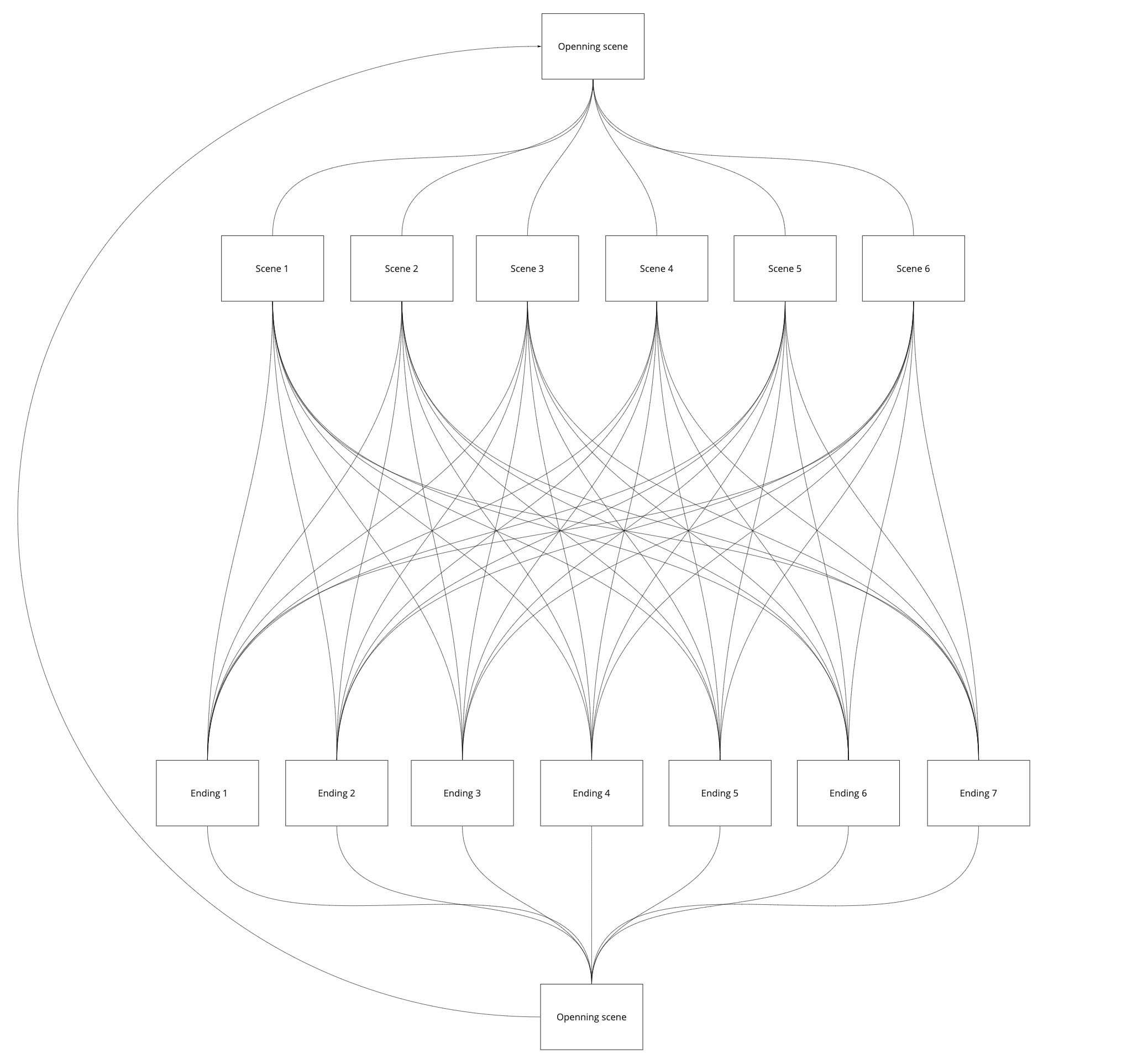
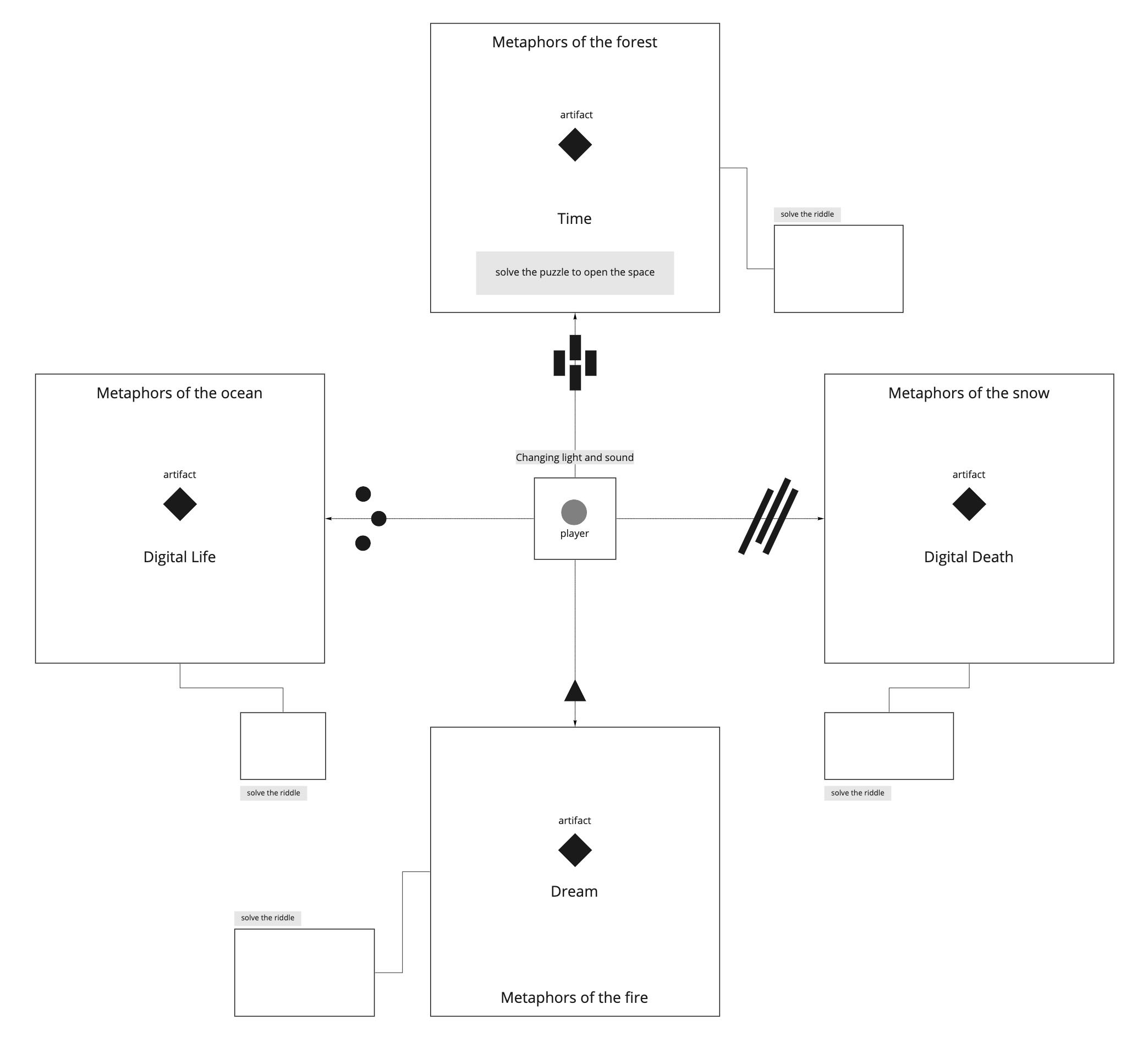
My game is made for players to travel around and have time to think about their feelings, perception, existence, emotions if they have any. It might be like an experiment of perception. It can be boring, it can be meditative, it can be disturbing, or the place might not exist at all. You can spend one second there, or many hours, depending on your comfort and will to stay or leave.
I also tried to connect the digital aspect with the ancient Turkic religion of Tengri to have a metaphor of sacred space and nature that still lives inside the technology and compare it to the oldest forms of shamanism. Tengri is an ancient form of Turkic religion where people worship nature and have different representations of gods for each element. I added this idea because in one of our playtest sessions one said that my digital space seems to have secrets and a feeling that strangers are not supposed to be here, which creates a feeling of suspense, even though this place is calm and virtual. I realized that metaphors of ancient shamanism or even occultism can bring a layered sense of desolate technology and question our safety in this virtuality. I am also using shamanism as a metaphor to refer to the unknown and mysterious nature of things, even the common artificial machines made by humans. There can be something alive in our technology that we can not see yet. And these layers can grow in time as we explore space.
Process
I started with a couple of iterations where I wanted to experiment with how I want the space to look. Initially, I imagined the game as a gallery walking simulator with anamorphic artworks and light changes. Then I tried to focus more on the overall environment and how I want to connect digital space with real-life metaphors. I created the “rooms” as a representation of time, dream, life, and death metaphors. In the beginning, players could reach these rooms without any puzzles or actions, just by going to them. I tried to add some puzzles to solve, so players can have a goal to unlock the rooms and go there. I also added the maze in the middle, so it is not very easy to travel between each room and adds some “searching a way out” mood.
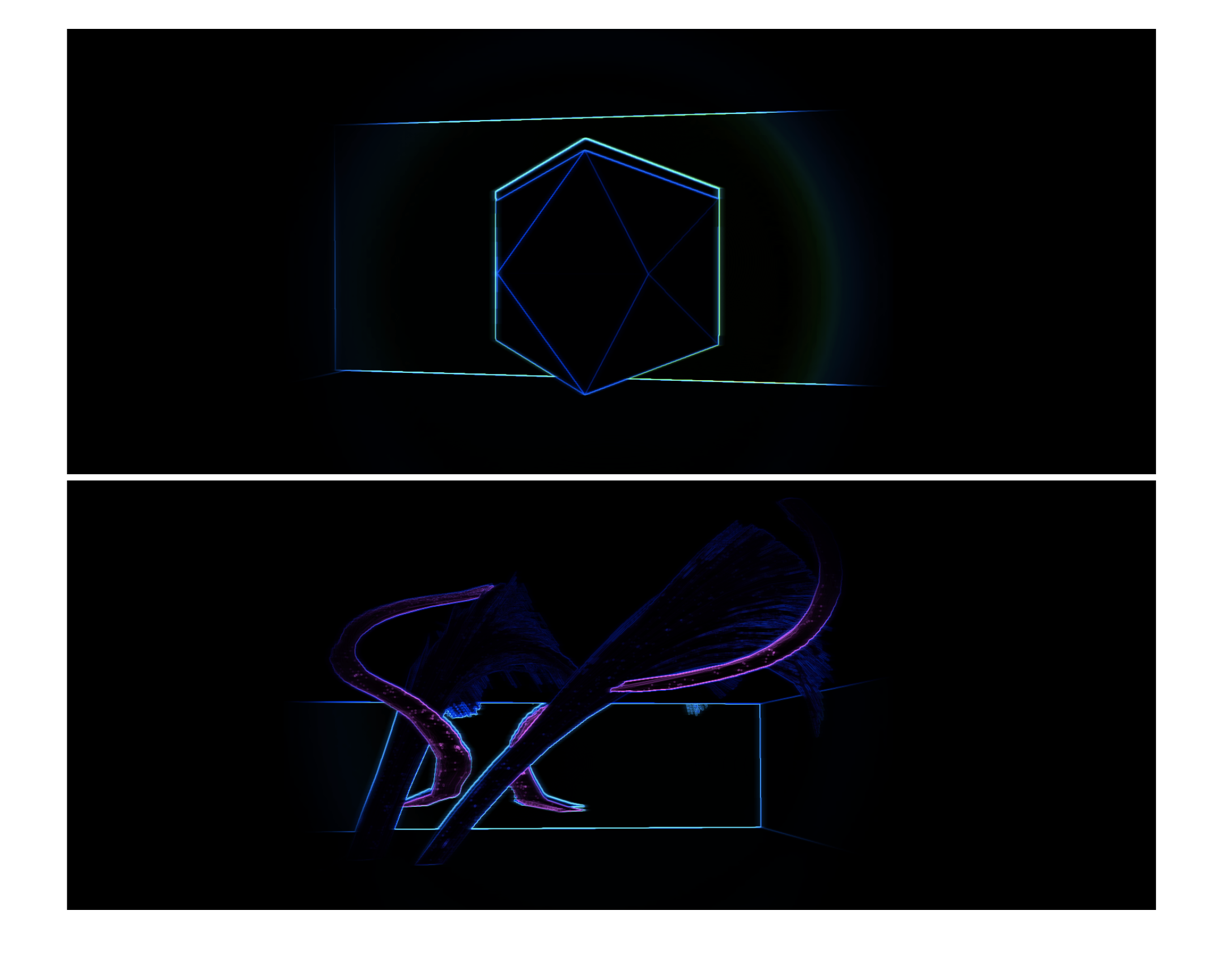
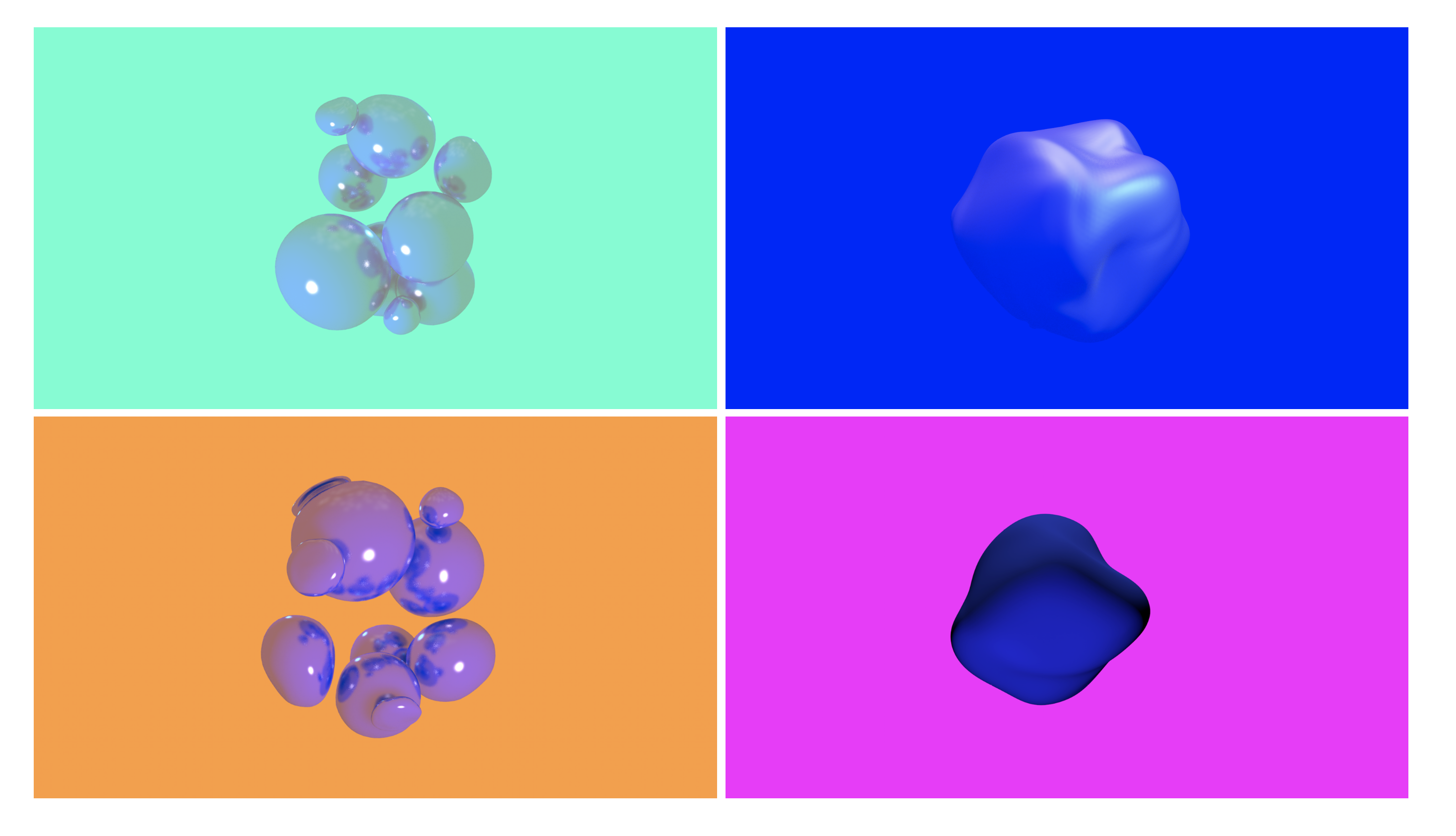

Playtesting and feedback.
First playtests
- Players don’t have enough patience or interest to find out what space is hiding.
- Maze and rooms are sometimes confusing. Transparency makes everything both easier and harder.
- The robotic voice is a bit scary. The place is too dark.
- UI is not integrated well.
- Display collected objects in the inventory.
During the firsts playtests, I noticed how people do not have enough patience or interest to find out what else is hiding the space. This is unfortunate because that means the game is not responsive to users and does not cause proper interest. Although on the other hand, the same people reacted to game space as hiding some secret or purpose that needs to be guessed. But they did not want to conduct any actions or further searches, which leads me to questions: Is this because of our speed of perception of information and fast life? Or does the created space not cause absolutely any interest in further research? Many are no longer able to perceive slow forms if they do not catch the first seconds, just as our perception has acquired a completely different speed and selection. We sort information by fragments and do not want to go into details.
Later playtests
- “Seems like a successfully guided relaxation session, not intense and not too boring.”
- “I managed to find all of the items. Even if I went to a dead path or the destination was on the other side of the world, I didn’t feel annoyed.”
- “There are unexpected things but there are also symmetry and patterns if you immerse yourself into the environment.”
In the later playtests I received feedback that is more positive and answers my initial goal that space creates the immersive environment and can play as a meditative space.
Files
Get Machine Dream
Machine Dream
| Status | Released |
| Author | ardakm |
| Genre | Simulation |
| Tags | 3D, Atmospheric, Exploration, First-Person, Multiple Endings |
More posts
- Postmortem devlogMay 04, 2021
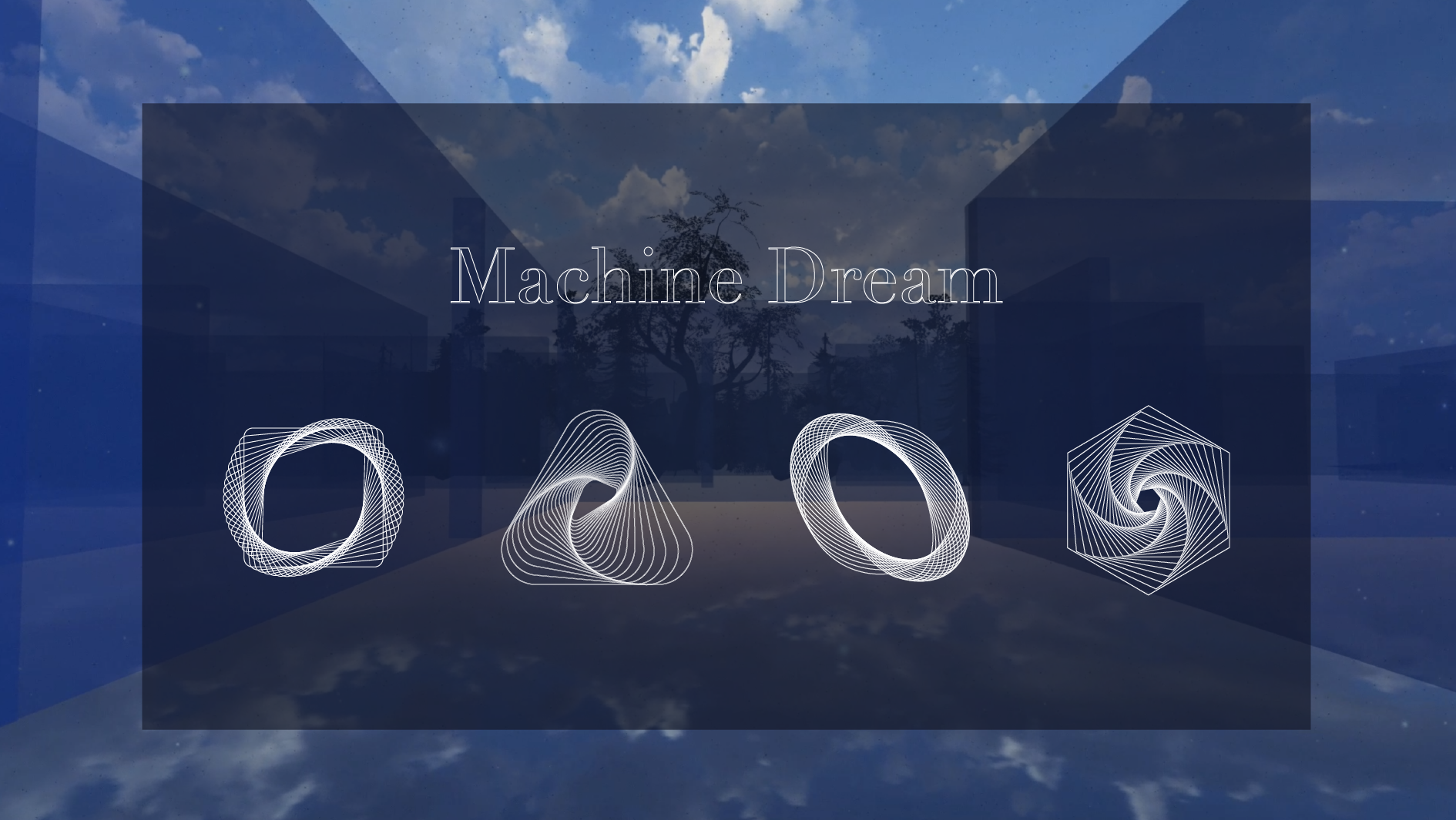
Leave a comment
Log in with itch.io to leave a comment.